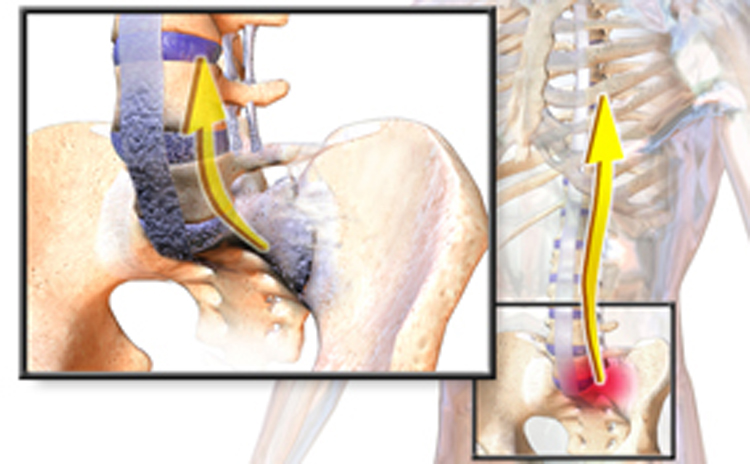
Simply speaking, Ankylosing Spondylitis (AS) is an inflammatory disease that causes some of your vertebrae to fuse together. Classified as a type of Arthritis, this condition isn’t just painful but it can also lead to hunched over posture. The symptoms of AS usually start in your lower back in your lumbar vertebrae. However, the pain can move quickly up your spine, and if your ribs become affected, breathing can become very difficult.
Symptoms
AS affects men more than women, usually appearing in early adulthood. Some of the earliest symptoms include stiffness and pain in your lower back and hips, especially after periods of inactivity. This stiffness is caused by a fusion of your vertebrae. You may also get swollen or red eyes. This is a very serious complication that requires immediate medical attention. The inflammation of your ligaments and joints, called enthesitis and synovitis, respectively, can transform the ligaments into bone. Some areas are affected more than others:
- Your hip and shoulder joints
- The vertebrae in your lower back
- The cartilage between your breastbone and ribs
- Places where your tendons attach to your spine
According to the Mayo Clinic, there are no known causes of AS. It is suggested that genetics may play a role considering people with the HLA-B27 gene are at an increased risk of suffering from the condition. The HLA-B27 gene is found in 95% of the population with AS. Others at risk include those who have suffered frequent gastrointestinal infections.
What If I Have AS?
Although there is no known cure for AS, there are steps you can take to help relieve the pain. Physical therapy is very helpful to people with AS, increasing their overall well-being while focusing on their back pain. It works to improve their spinal movement, increasing the amount of daily activities and exercises you can do. Different types of physical therapy include strength training, hydrotherapy, sports activities, stretching, and aerobics. If you follow the directions of your physical therapist, these workouts should help and not hurt you. However, if you are worried about trying physical therapy, ActivAided can help. ActivAided works as a supplement to physical therapy, rehabilitating your back with minimal pain, as it encourages your body into correct posture. Don’t worry, AS does not have to mean the end of an active lifestyle. There are many treatment options to get you back on your feet.
When Should You See a Doctor?
If you are feeling a pain that came about slowly and is most present in the morning, you may have AS. We recommend that you schedule an appointment with your doctor to discuss any of the symptoms of AS mentions above. Your doctor may refer you to an ophthalmologist. There is no cure but there are a variety of treatments that can be implemented in order to lessen your pain. Exercise, better posture, lifestyle and breathing adjustments, and medications are all influential in helping to treat AS.
